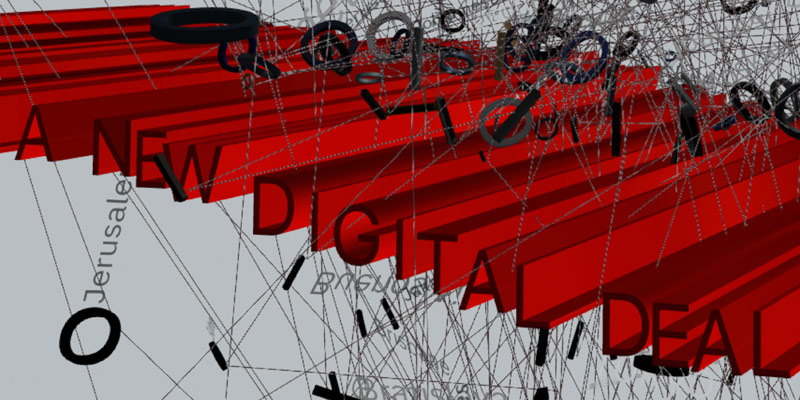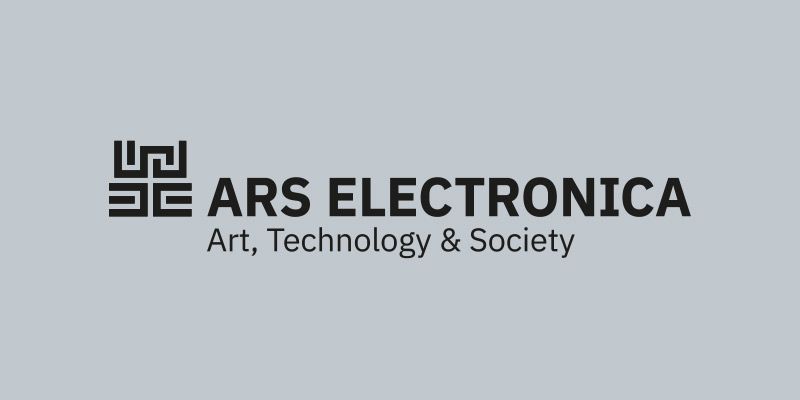Robotics
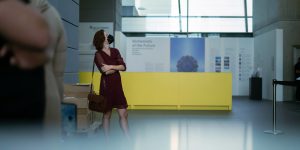
Alchemists of the Future: (Special) Guided Journey
Ars Electronica Futurelab (AT)
Demystify for yourself what future basically means and let yourself be taken into the future through Guided Journeys by our info trainers, Special Guided Journeys by artists and researchers from the Ars Electronica Futurelab or online.

Alchemists of the Future – The Journey
Ars Electronica Futurelab (AT)
In this journey, the Ars Electronica Futurelab’s Alchemists of the Future invite you to embark on a tour through their vision and ideas for the future, which are distributed throughout the Ars Electronica Center. Take a peek inside the black box of the technologies of the future to uncover what is behind them. Gain in-depth knowledge about contemporary trends and how they are being applied in broad areas of our daily lives. Let yourself be taken into the future through Guided Journeys by our info trainers, Special Guided Journeys by artists and researchers from the Ars Electronica Futurelab or online.
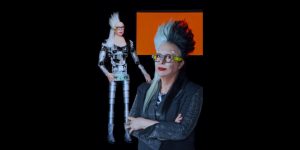
RECONNECTING ORLAN AND THE ORLANOÏDE
ORLAN (FR)
In this pivotal new work developed in collaboration with Science Gallery Dublin, ORLAN will join us virtually from Paris in a brand new performance through a connection between the artist and the artist’s replica: ORLANOÏDE, who will perform live from the stage in the Paccar Theatre at Science Gallery at Trinity College Dublin.
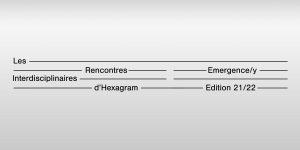
Beyond human art: creation and the posthuman
Sofian Audry (CA), Edwige Armand (FR), Gisèle Trudel (CA), Navid Navab (CA), Danny Perreault (CA)
Can nonhuman machines and processes have any pretension to “originate anything”? Can art exist outside of its human framework, decoupled from the socio-techno-cultural context in which it is produced? How can we (re)imagine artistic creation in this new posthuman paradigm? In this round table, the participants approach these questions through the themes of metacreation, nonhuman creation in plants, ecosystems, environments, and excitable matter(ials), as well as human-nonhuman collaboration and co-creation.
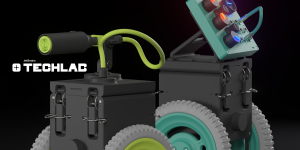
Human-Robot Interaction
Michael Tesar
At JetBrains Techlab, we focus on adaptive human-robotic interaction and mobile robotics. An important element of such a system is human-robot interaction (HRI), which ensures that the robotic system is performing the task correctly and in a safe way, for itself and the environment, including humans. The presentation covers an introduction to HRI, how to make HRI safe, and how humans can benefit from such an interaction.
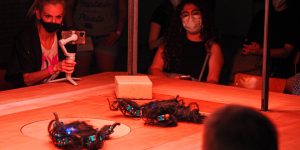
Simple Machines
Ugo Dehaes (BE)
Simple Machines is a lecture-performance in which we see how robots are born, from slimy cocoons to shiny machines. Through artificial intelligence, these creatures learn how to dance by themselves and create their own show.
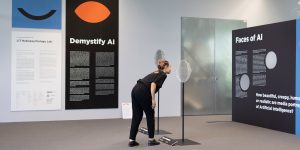
DEMYSTIFY AI!
LIT Robopsychology Lab JKU Linz (AT)
Enabling a more democratic, realistic, critical, and constructive discourse will need a demystification of AI and the promotion of AI literacy among the general public. Against this background, the LIT Robopsychology Lab presents an interactive area consisting of several installations addressing topics such as the explainability of machine learning systems, joint decision-making with a voice assistant, and current media representations of AI.
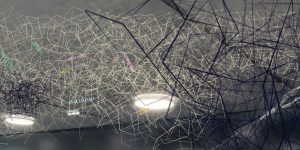
A Student’s Perspective
Lisa Caligagan (AT)
Much like the aftermath of the past COVID semesters still lingers, the textile data cloud "A Student's Perspective" hovers above us as a reminder, reflector and guide. Between countable minutes spent on Zoom and distances covered on walks, the visualization of distressing events overshadows the rest of the image.
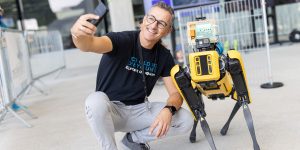
Magic Eye
Andreas Stelzer (AT) Institute for Communications Engineering and RF-Systems JKU, Andreas Müller (DE) Institute of Robotics JKU, Reinhard Feger (AT), Hubert Gattringer (AT), Masoud Farhadi (IR), Robert Sturmlechner (AT), Richard Hüttner (AT) all JKU
The perception of the environment under even the harshest external conditions is a prerequisite for autonomous vehicles and machines. Using the example of a millimeter-wave radar in symbiotic connection with a quadruped robot, the principle of the synthetic aperture and the detection of obstacles or hidden objects are shown in a playful context.
